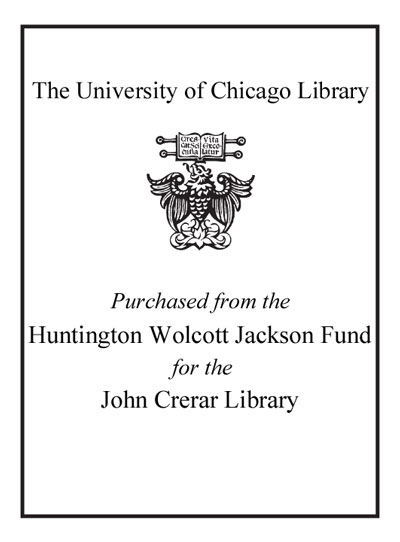Book One Calories "We must resist old age, Scipio and Laelius; we must compensatefor its deficiencies by careful planning. We must take up defenses against oldage as against a disease, taking due thought for good health, following aprogram of moderate exercise, eating and drinking enough to rebuild our bodies,but not to overload them." --Cicero *** "Rubbish!" Silence. "Rubbish, I say!" Silence. The speaker, Josh Mitteldorf, having quietly taken in the one-word critique issuing from somewhere in thehotel conference room, commenced again. He was trying to convince a gathering of the Caloric Restriction Society, gathered for their second international conference in Tucson, Arizona, that death wasn't really such a bad thing, that nature evolved the genetic program for apoptosis--programmed cell death--for a reason: to keep the planet from getting overcrowded. "I kept asking myself," said Mitteldorf, a slim, tousle-haired environmental scientist, yoga teacher, and philosopher, "why would evolution create an organism with a program to kill cells? And a lot of the answer came from looking around at the world today--at obesity, overpopulation, pollution, consumerism--and that all led me to thisquest to understand why nature made us to die." He had recently published a paper in Science about it, and... "Rubbish! " This time there was an audible ripple of protest through the crowd, directed toward the source of this indecorous behavior, a tall, skinny manwearing a T-shirt with the words END AGING NOW! His name was Michael Rae, only twenty-nine and who was, along with his equally young girlfriend, April Smith, quickly emerging as the new poster children for the CR Society, an organization long saddled with the dour image of some of its older practitioners. Rae, who had already charmed everyone by openly flossing his teeth during an earlier presentation--the better to reduce his inflammatory burden--was having none of Mitteldorf's ideas, and instead of waiting for the formal question-and-answer period, bounded up to the podium, cranked the microphone his way, and began to recite data to the contrary. "Can someone let me use their computer--I want to look up a reference?" he said. He then went on, with a barrage of...data. "So how can you possibly make this argument?" Rae said, winding up, to an apparently unperturbed Mitteldorf. (There had been a yoga class that morning.) "How can you say that?" I had come to Tucson at the invitation of Lisa Walford, a former president of the Caloric Restriction (CR) Society and the daughter of one of the organization's founders, the late Roy Walford. Tucson held some special significance both for the society and for Walford. About an hour's ride out into the desert stood the site of one of the first, albeit unintentional, sites of human caloric restriction--Biosphere 2. The biosphere was an attempt to live for two years in a fully contained, self-supporting environment. It ended in a rash of controversy, partly because the dome failed to produce enough food or air for its eight inhabitants. Roy Walford, one of them, had never been the same after, and many quietly suspected that his recent death, at age seventy-nine of Lou Gehrig's disease, to be a direct result of the biosphere experience. The scientific program of the CR conference included a number of highly placed scientists who had been friends with Walford, here partly to respect that, partly because, when you think about it, CR people are the only lab animals that can talk. "You can learn all kinds of things from them," said Edward Masoro of the University o Excerpted from Eternity Soup: Inside the Quest to End Aging by Greg Critser All rights reserved by the original copyright owners. Excerpts are provided for display purposes only and may not be reproduced, reprinted or distributed without the written permission of the publisher.


